Home>Furniture>Which Weather Instrument Has Most Improved The Accuracy Of Weather Measurement
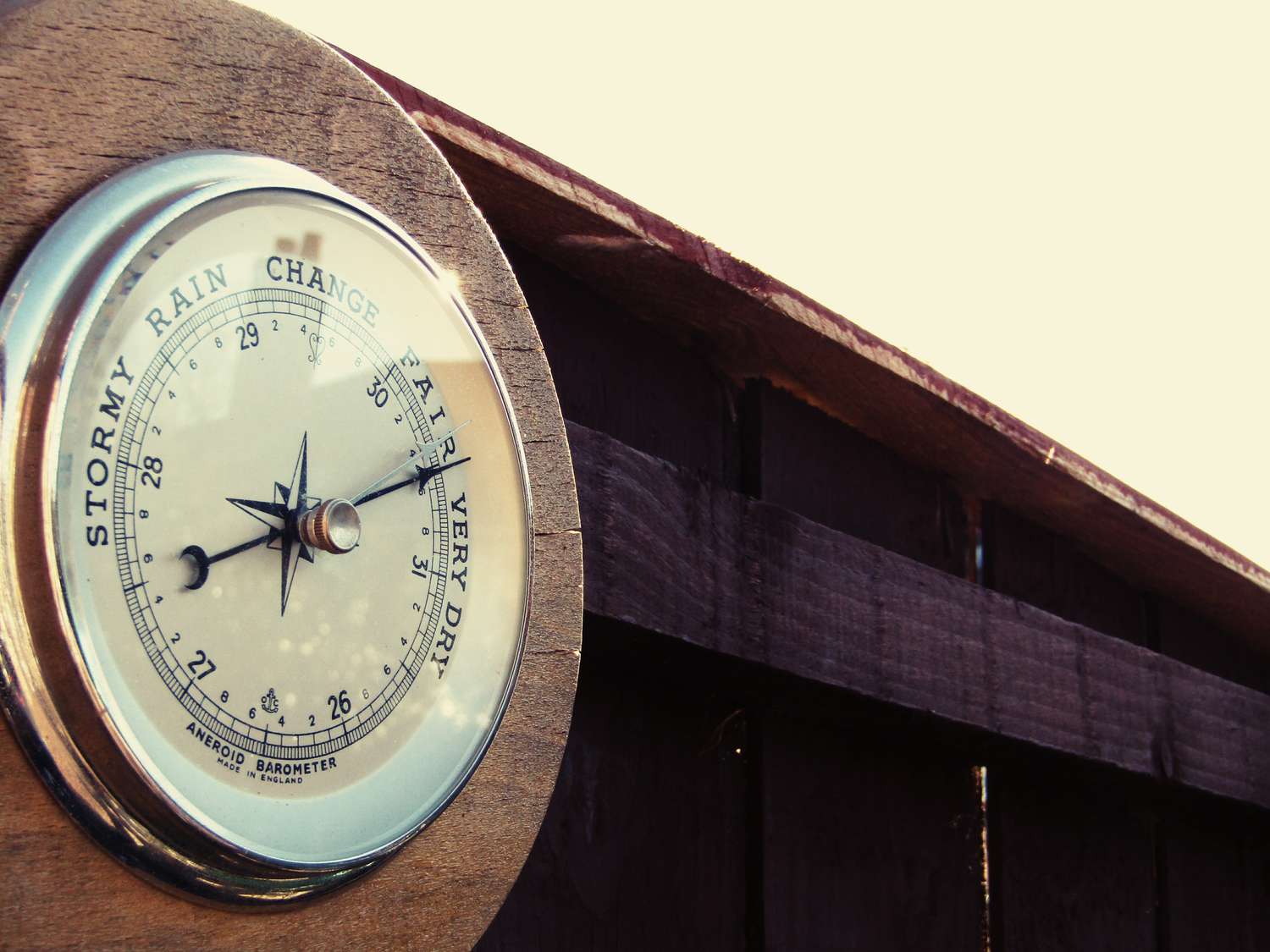

Furniture
Which Weather Instrument Has Most Improved The Accuracy Of Weather Measurement
Modified: October 20, 2024
Discover how articles about weather instruments have contributed to improving the accuracy of weather forecasting, with insights into the most influential tools used.
(Many of the links in this article redirect to a specific reviewed product. Your purchase of these products through affiliate links helps to generate commission for Storables.com, at no extra cost. Learn more)
Introduction
The accuracy of weather forecasting has come a long way over the years, thanks to various advancements in technology and the development of sophisticated weather instruments. These instruments are designed to measure different aspects of the weather, providing crucial data that meteorologists use to predict the weather conditions accurately. While all weather instruments play a vital role in improving forecast accuracy, some have made significant strides in recent years.
In this article, we will explore some of the key weather instruments that have greatly enhanced the accuracy of weather predictions. From measuring atmospheric pressure to tracking wind speed and precipitation, these instruments have revolutionized the field of meteorology and helped us better understand and prepare for weather events.
Key Takeaways:
- Weather instruments, such as barometers and anemometers, have greatly improved forecast accuracy by providing precise measurements of atmospheric pressure, temperature, humidity, wind speed, and precipitation. These advancements revolutionize meteorology and benefit various industries.
- Integration of advanced technologies, including weather radar and satellites, has taken weather forecasting to a new level. Real-time information on precipitation and global weather patterns enables accurate predictions, timely warnings, and practical applications in diverse sectors.
Barometer
A barometer is one of the oldest and most fundamental weather instruments used to measure atmospheric pressure. Atmospheric pressure changes are closely associated with changes in weather patterns, making the barometer an essential tool for weather forecasting.
Traditionally, barometers were mercury-filled devices that relied on the displacement of mercury in a glass tube to indicate air pressure. However, modern barometers have evolved to use aneroid cells or electronic sensors to measure pressure.
The accuracy of barometers has improved significantly over the years, allowing meteorologists to make precise measurements of atmospheric pressure. This information is crucial in determining the movement and intensity of weather systems such as high and low-pressure areas, which in turn, helps in predicting weather conditions.
With the advent of digital barometers, weather enthusiasts can now have their own personal barometers at home. These portable devices provide real-time readings of atmospheric pressure and allow individuals to track changes in weather patterns.
Furthermore, the integration of barometric pressure data from various locations has enabled meteorological agencies to create more accurate weather models for forecasting. By analyzing the pressure variations across different regions, meteorologists can predict the movement of weather systems more precisely, leading to improved weather forecasts.
Overall, the advancements in barometer technology have proven invaluable in enhancing the accuracy of weather forecasts. With the ability to measure atmospheric pressure with precision, meteorologists can understand and predict weather patterns more effectively, enabling us to make better decisions and preparations for imminent weather conditions.
Thermometer
A thermometer is a weather instrument that measures temperature. Temperature is a critical factor in determining the current and upcoming weather conditions, making the thermometer an essential tool for meteorologists. Over the years, thermometers have undergone significant improvements, allowing for more accurate temperature measurements.
Traditional thermometers were often mercury-based, where the expansion or contraction of mercury in a glass tube indicated the temperature. However, modern thermometers have evolved to include digital, infrared, and electronic models that provide quick and precise temperature readings.
The accuracy of thermometers is attributed to advancements in calibration techniques and the use of highly sensitive sensors. These sensors can detect even the slightest temperature changes and provide accurate readings across a wide range of temperatures.
One of the significant advancements in thermometer technology is the widespread use of digital thermometers. These compact and portable devices allow meteorologists and weather enthusiasts to monitor temperature readings in real-time. The data collected from these thermometers is then used to analyze temperature trends and patterns, helping in weather forecasting.
In addition to ground-based thermometers, weather organizations also rely on remote sensing technologies to measure temperature at different altitudes. This is accomplished through the use of weather balloons equipped with thermometers, which provide vertical temperature profiles that are crucial in understanding atmospheric stability and weather patterns.
The accurate measurement and understanding of temperature are essential for predicting various weather phenomena, including the formation of clouds, rain, and the development of severe weather events. By collecting and analyzing temperature data from multiple sensors, meteorologists can create more reliable weather models, leading to improved weather forecasts.
Overall, the advancements in thermometer technology have significantly enhanced the accuracy of weather predictions. With the ability to measure temperature more precisely, meteorologists can better understand and anticipate changes in weather patterns, providing us with crucial information for making informed decisions and preparations.
Hygrometer
A hygrometer is a weather instrument used to measure the humidity level in the atmosphere. Humidity is an important parameter in weather forecasting, as it plays a significant role in the formation of clouds, precipitation, and overall weather patterns. Over the years, advancements in hygrometer technology have greatly improved the accuracy of humidity measurements.
Traditional hygrometers used various mechanisms to measure humidity, such as mechanical hair hygrometers and wet and dry bulb hygrometers. However, modern hygrometers utilize electronic sensors, such as capacitive or resistive sensors, to provide more precise and reliable humidity readings.
The accuracy of hygrometers has significantly improved due to advancements in sensor technology and calibration techniques. The sensors are designed to detect changes in humidity levels, resulting in accurate and real-time measurements. These measurements are crucial for meteorologists to assess the moisture content in the air and understand the potential for cloud formation and precipitation.
In addition to ground-based hygrometers, weather instruments onboard satellites and weather balloons also play a vital role in collecting humidity data. This data is then integrated into weather models, allowing meteorologists to better understand the moisture distribution in the atmosphere and make more accurate predictions about weather conditions.
Hygrometers are also used in various industries, such as agriculture, construction, and manufacturing, where humidity control is important. Accurate humidity measurements assist these industries in ensuring optimal conditions for crop growth, preventing moisture damage to buildings, and maintaining quality control during manufacturing processes.
Overall, the advancements in hygrometer technology have greatly improved the accuracy of humidity measurements, enabling meteorologists to better understand and predict weather patterns. By accurately measuring humidity, we gain valuable insights into the moisture content in the atmosphere, which is instrumental in understanding cloud formation, precipitation, and overall weather conditions.
Anemometer
An anemometer is a weather instrument used to measure wind speed and direction. It plays a crucial role in weather forecasting as wind patterns have a significant impact on weather conditions, such as temperature, humidity, and the formation of storms. Over the years, advancements in anemometer technology have greatly improved the accuracy of wind measurements.
Traditional anemometers consisted of cups mounted on a vertical rod that rotated when exposed to wind, with the rotation rate indicating wind speed. However, modern anemometers have evolved to include sonic, ultrasonic, and laser technologies, providing more precise and reliable wind speed and direction readings.
The accuracy of anemometers is attributed to advancements in sensor technology and the use of advanced data processing algorithms. These sensors can detect even the slightest variations in wind speed and direction, providing real-time and accurate measurements for meteorologists to analyze.
In addition to ground-based anemometers, weather organizations utilize remote sensing technologies to gather wind data from different altitudes. Instruments such as wind profilers, weather balloons, and Doppler radar measure wind speeds and directions at various elevations, providing a more comprehensive understanding of atmospheric wind patterns.
The availability of accurate wind data is crucial for meteorologists to track the movement and intensity of weather systems, such as storm fronts and tropical cyclones. By analyzing wind speed and direction, meteorologists can predict the path and strength of these weather systems, allowing for more accurate weather forecasting and timely warnings.
Moreover, anemometers are also used in various industries, such as aviation, renewable energy, and outdoor activities, where wind conditions play a crucial role. Pilots rely on accurate wind information for safe takeoffs, landings, and navigation. Wind farms use anemometers to assess the potential for wind energy generation. Outdoor enthusiasts, such as sailors and athletes, rely on wind measurements for planning and safety purposes.
Overall, advancements in anemometer technology have significantly improved the accuracy of wind measurements, enabling meteorologists to better understand and predict weather patterns. Accurate wind speed and direction data not only improve weather forecasting but also have practical applications in various industries, ensuring safety and optimizing operations.
The invention of the weather balloon has significantly improved the accuracy of weather forecasting. By collecting data from different altitudes, it provides a more comprehensive understanding of atmospheric conditions.
Read more: Which Country Has The Most Greenery
Rain Gauge
A rain gauge is a weather instrument used to measure the amount of precipitation in a specific area. It is a vital tool for meteorologists as precipitation plays a significant role in determining the type of weather experienced, including rainfall, snowfall, and hail. Over the years, advancements in rain gauge technology have greatly improved the accuracy of precipitation measurements.
Traditional rain gauges consisted of a cylindrical container with measurement markings that collected and measured rainfall. However, modern rain gauges have evolved to include electronic and wireless models that provide real-time and precise measurements of precipitation.
The accuracy of rain gauges is attributed to improvements in design and calibration techniques. Many modern rain gauges utilize a tipping bucket mechanism, where rainwater is collected in a funnel and tips a seesaw-like mechanism with each increment of precipitation, allowing for accurate measurement. Other rain gauges use weight sensors or laser technology to provide precise measurements of rainfall.
In addition to ground-based rain gauges, weather organizations also rely on remote sensing technologies, such as weather radar, to capture precipitation data over a larger area. Weather radar can detect the intensity and movement of precipitation particles, providing valuable information for forecasting weather conditions and detecting severe weather events like thunderstorms and hurricanes.
Precise and real-time measurement of precipitation is crucial for meteorologists to analyze weather patterns, as well as for environmental monitoring and water resource management. Accurate rainfall data helps in assessing the availability of water resources, predicting floods, and supporting agricultural and hydrological planning.
Furthermore, advancements in rain gauge technology have also led to the development of automated rainfall monitoring networks. These networks consist of multiple rain gauges strategically placed in various locations, providing a comprehensive picture of precipitation patterns and enhancing the overall accuracy of weather forecasts.
Overall, the advancements in rain gauge technology have greatly improved the accuracy and reliability of precipitation measurements. By accurately measuring rainfall, meteorologists can better understand and predict weather conditions, as well as support crucial planning and management activities related to water resources and environmental monitoring.
Weather Radar
Weather radar is a powerful tool used in meteorology to detect and track precipitation, as well as to monitor severe weather events. It plays a crucial role in enhancing the accuracy of weather forecasting by providing real-time information on the intensity, movement, and characteristics of precipitation systems. Over the years, advancements in weather radar technology have revolutionized the field of meteorology.
Traditional weather radars used pulses of microwave energy to detect precipitation particles in the atmosphere. These radars emitted radio waves and measured the echoes produced when the radio waves encountered raindrops, snowflakes, or other precipitation particles. The strength of the echo indicated the intensity of the precipitation.
Modern weather radars have evolved to include Doppler radar technology, which not only detects precipitation but also provides information on the movement and velocity of particles within the precipitation systems. Doppler radars can measure the velocity of raindrops or snowflakes, which enables meteorologists to detect rotation in storms, track wind patterns, and identify severe weather phenomena like tornadoes.
The integration of Doppler technology with weather radar has significantly improved the accuracy and efficiency of precipitation detection and severe weather monitoring. By analyzing the echoes and velocity patterns of precipitation particles, meteorologists can gain valuable insights into the development and behavior of weather systems.
Radar networks have been established around the world, allowing for continuous and comprehensive monitoring of weather conditions. These networks consist of multiple radar stations strategically placed in various locations to maximize coverage. Weather radar data is processed and analyzed by meteorological agencies to generate accurate and timely weather forecasts, as well as to issue severe weather warnings.
The data provided by weather radar is indispensable in tracking the movement of storms, predicting the arrival time of precipitation, and assessing the potential impact of severe weather events. It assists meteorologists in making informed decisions regarding the issuance of weather advisories, watches, and warnings, effectively mitigating risks and ensuring the safety of communities.
Overall, the advancements in weather radar technology have greatly enhanced the accuracy and precision of weather forecasting. The ability to detect and monitor precipitation and severe weather events in real-time allows meteorologists to provide timely and accurate information, enabling individuals and communities to make informed decisions and take appropriate measures to protect lives and property.
Weather Satellites
Weather satellites are a critical component of modern meteorology, providing invaluable information about the Earth’s atmosphere and weather patterns. These satellites orbit the Earth, capturing images and data from space that are used to monitor weather conditions, track storms, and enhance weather forecasting. Over the years, advancements in weather satellite technology have greatly improved the accuracy and timeliness of weather information.
Weather satellites are equipped with various instruments, including visible and infrared sensors, radiometers, and sounders, which capture images and collect data about the Earth’s surface, clouds, and atmospheric conditions. These instruments measure parameters such as temperature, humidity, cloud cover, and atmospheric composition, providing meteorologists with a wealth of information for weather analysis and prediction.
The images and data collected by weather satellites are processed and analyzed by meteorological agencies and scientists worldwide. They are used to monitor and track weather systems, such as tropical cyclones, storms, and atmospheric patterns, allowing for more accurate weather forecasting and timely warnings.
One of the major advantages of weather satellites is their ability to provide a global perspective of weather conditions. By continuously monitoring the entire planet, satellites can capture large-scale weather patterns, atmospheric disturbances, and the movement of weather systems across different regions. This global perspective enables meteorologists to have a comprehensive understanding of weather phenomena and their potential impacts.
Furthermore, weather satellites are essential for monitoring long-term climate trends and studying the Earth’s climate system. They provide data on atmospheric temperature, sea surface temperature, ice cover, and other variables that help scientists track climate patterns, assess climate change impacts, and develop climate models.
Advancements in satellite technology have also led to the development of geostationary satellites, which remain fixed over a specific region of the Earth’s surface. These satellites provide continuous and real-time imaging of weather conditions, enabling meteorologists to track the development and movement of storms, monitor evolving weather patterns, and issue accurate and timely forecasts.
Overall, weather satellites have revolutionized the field of meteorology by providing a global perspective of weather conditions and enhancing the accuracy of weather forecasts. The images and data they capture from space provide valuable information about atmospheric conditions, weather patterns, and climate trends, enabling us to better understand and prepare for the dynamic nature of our planet’s weather systems.
Conclusion
Advancements in weather instruments have significantly improved the accuracy of weather forecasting, allowing us to better understand and predict weather conditions. From the barometer measuring atmospheric pressure to the thermometer gauging temperature, each instrument plays a crucial role in providing essential data for meteorologists. Moreover, the hygrometer accurately measures humidity, the anemometer tracks wind speed and direction, and the rain gauge quantifies precipitation.
However, it is the integration of advanced technologies that has taken weather forecasting to a new level. Weather radar provides real-time information on precipitation and severe weather events, enabling meteorologists to issue timely warnings and make accurate predictions. Weather satellites, with their ability to capture images and data from space, offer a global perspective of weather patterns and enable comprehensive monitoring and analysis.
These advancements in weather instruments and technologies have not only improved the accuracy of weather predictions but also have practical applications in various industries and sectors. From aviation and renewable energy to agriculture and water resource management, accurate weather data enhances safety, planning, and decision-making processes.
In conclusion, weather instruments have come a long way in improving the accuracy of weather forecasting. The advancements in technologies and the development of sophisticated instruments have revolutionized the field of meteorology. With more precise measurements of atmospheric pressure, temperature, humidity, wind speed, and precipitation, meteorologists can now provide more accurate and timely weather forecasts, helping individuals, communities, and industries to better prepare for and mitigate the impacts of changing weather conditions.
Frequently Asked Questions about Which Weather Instrument Has Most Improved The Accuracy Of Weather Measurement
Was this page helpful?
At Storables.com, we guarantee accurate and reliable information. Our content, validated by Expert Board Contributors, is crafted following stringent Editorial Policies. We're committed to providing you with well-researched, expert-backed insights for all your informational needs.
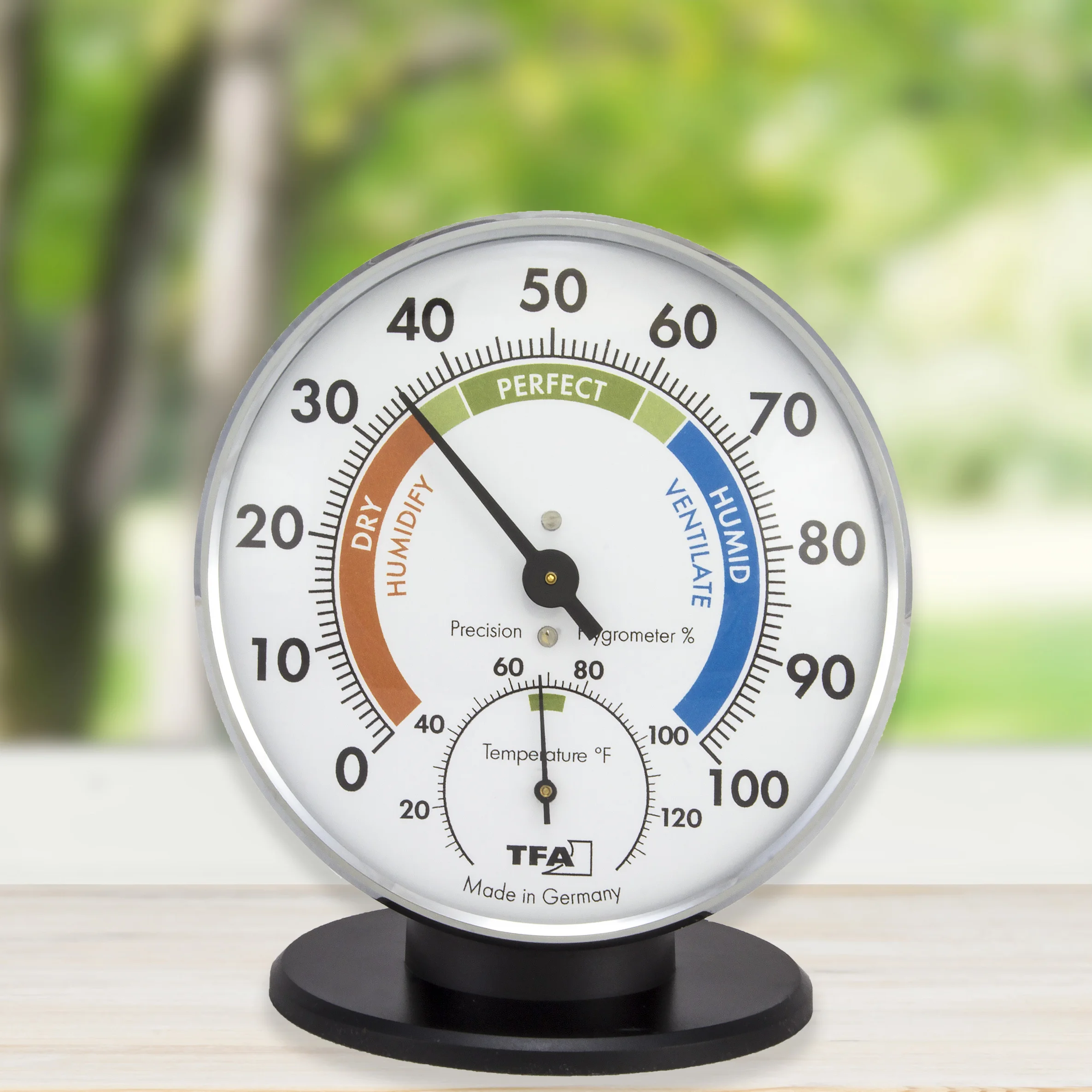


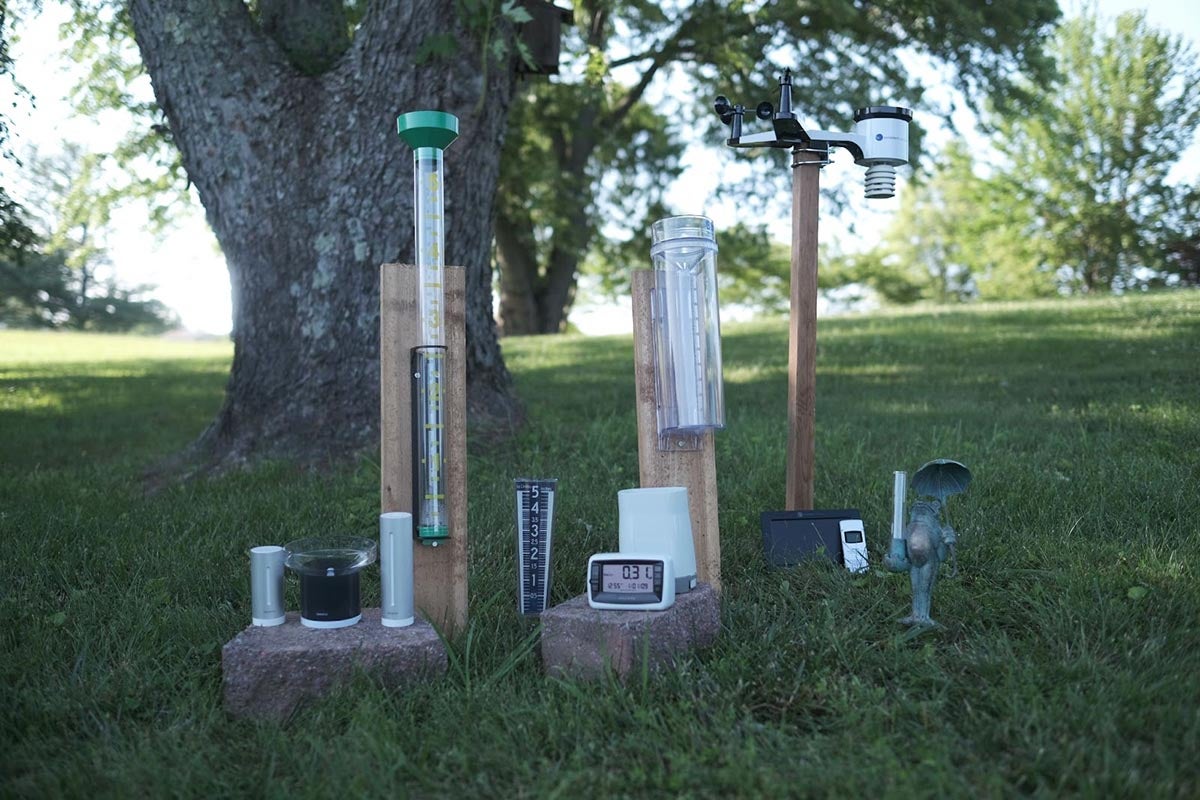
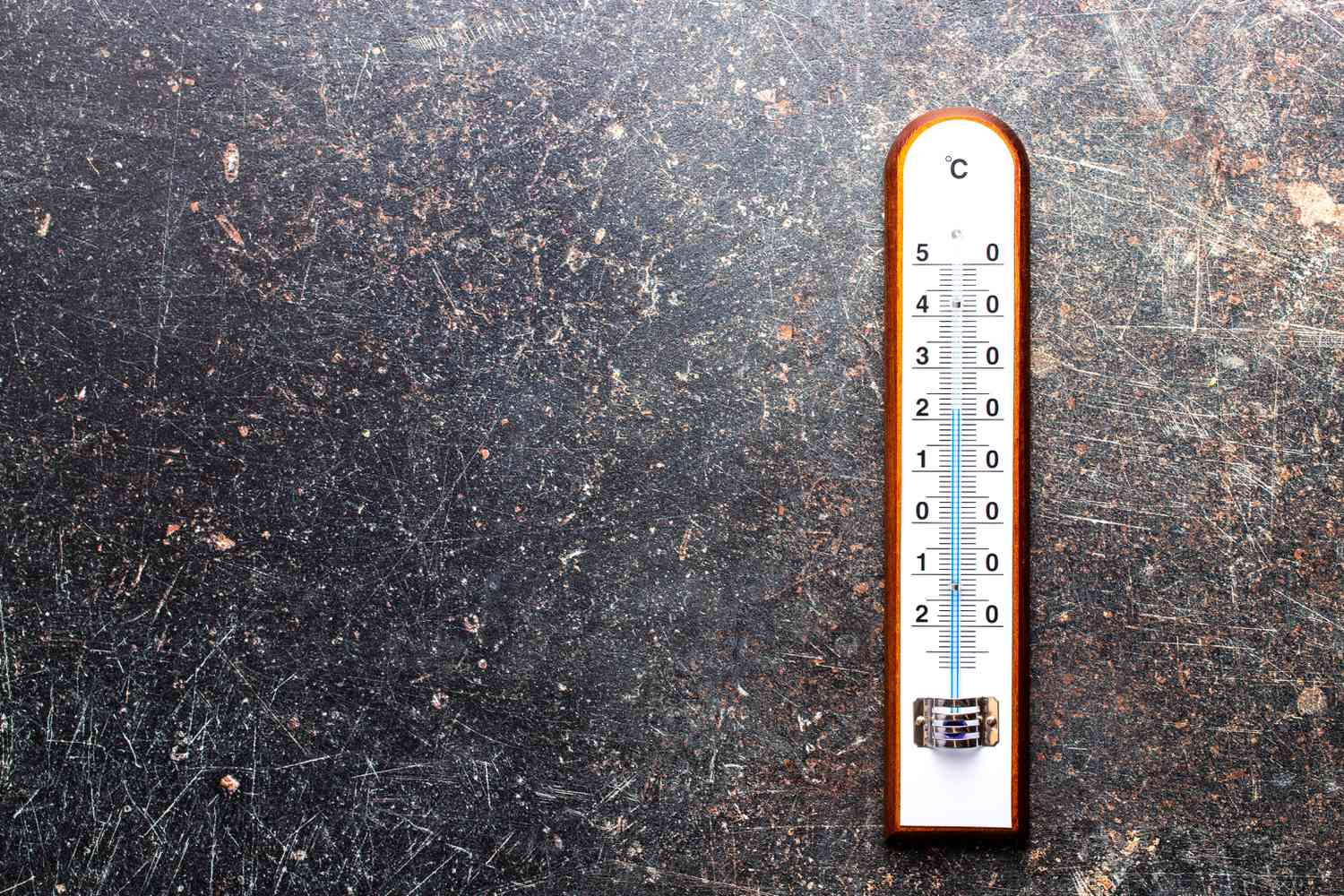
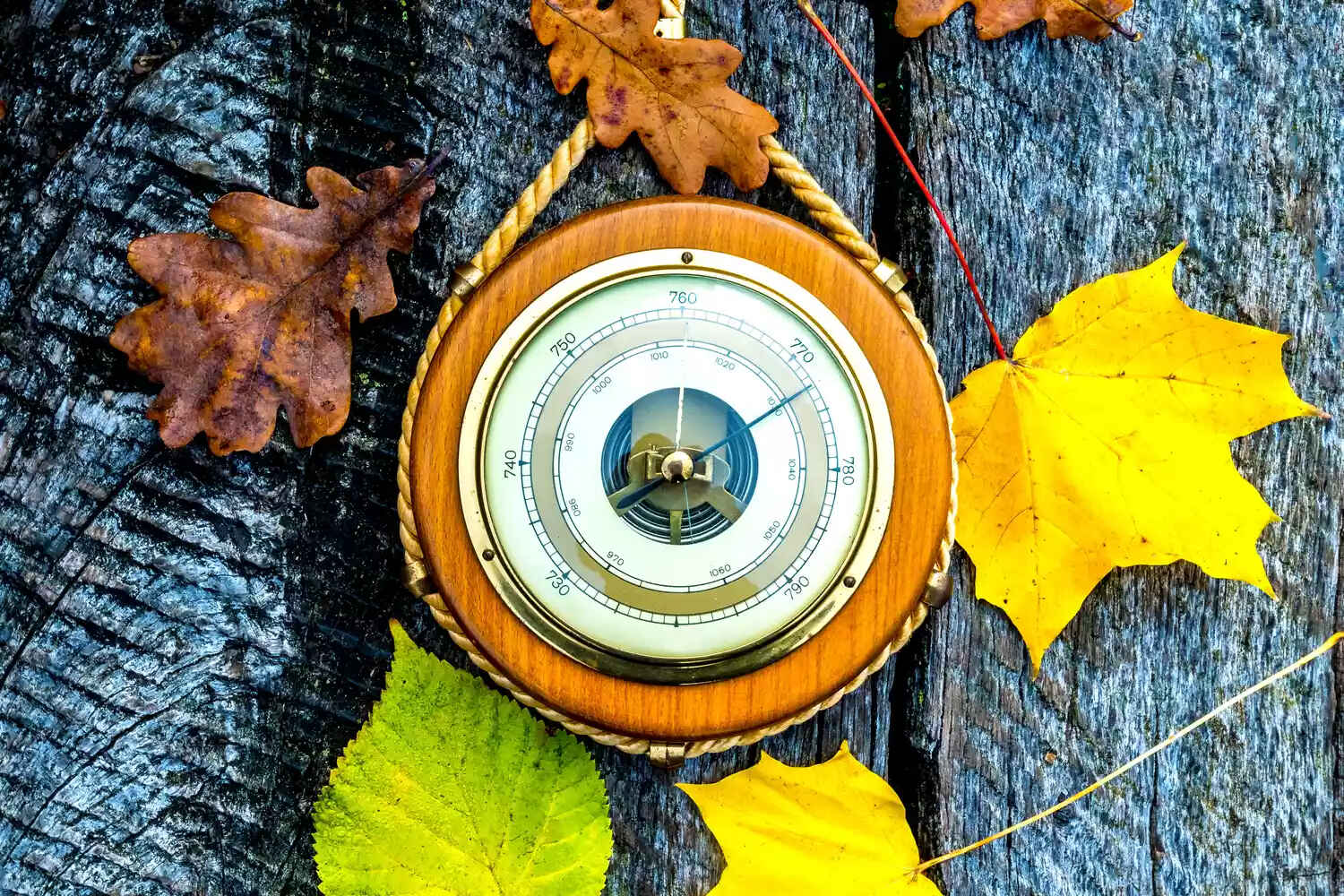

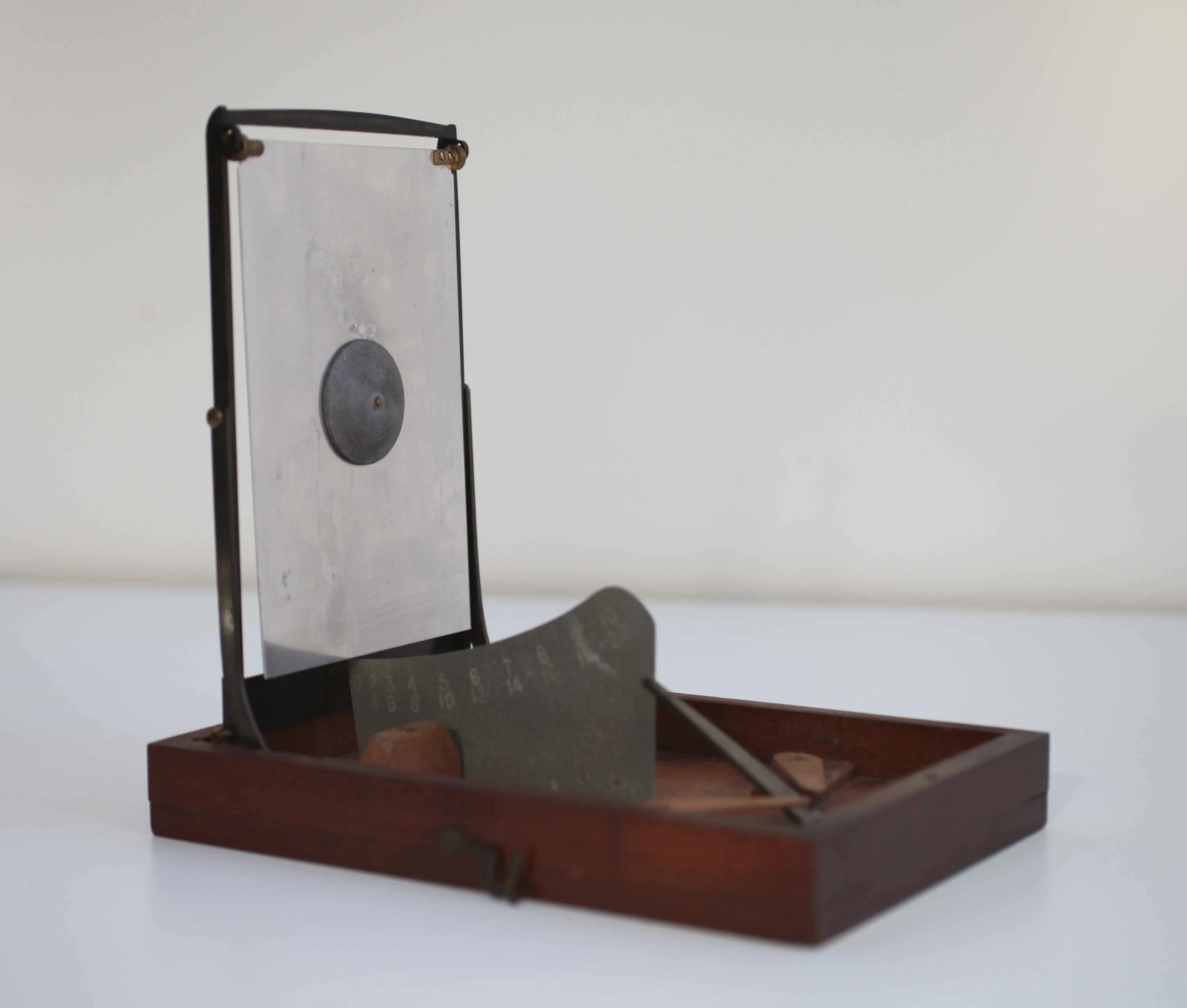
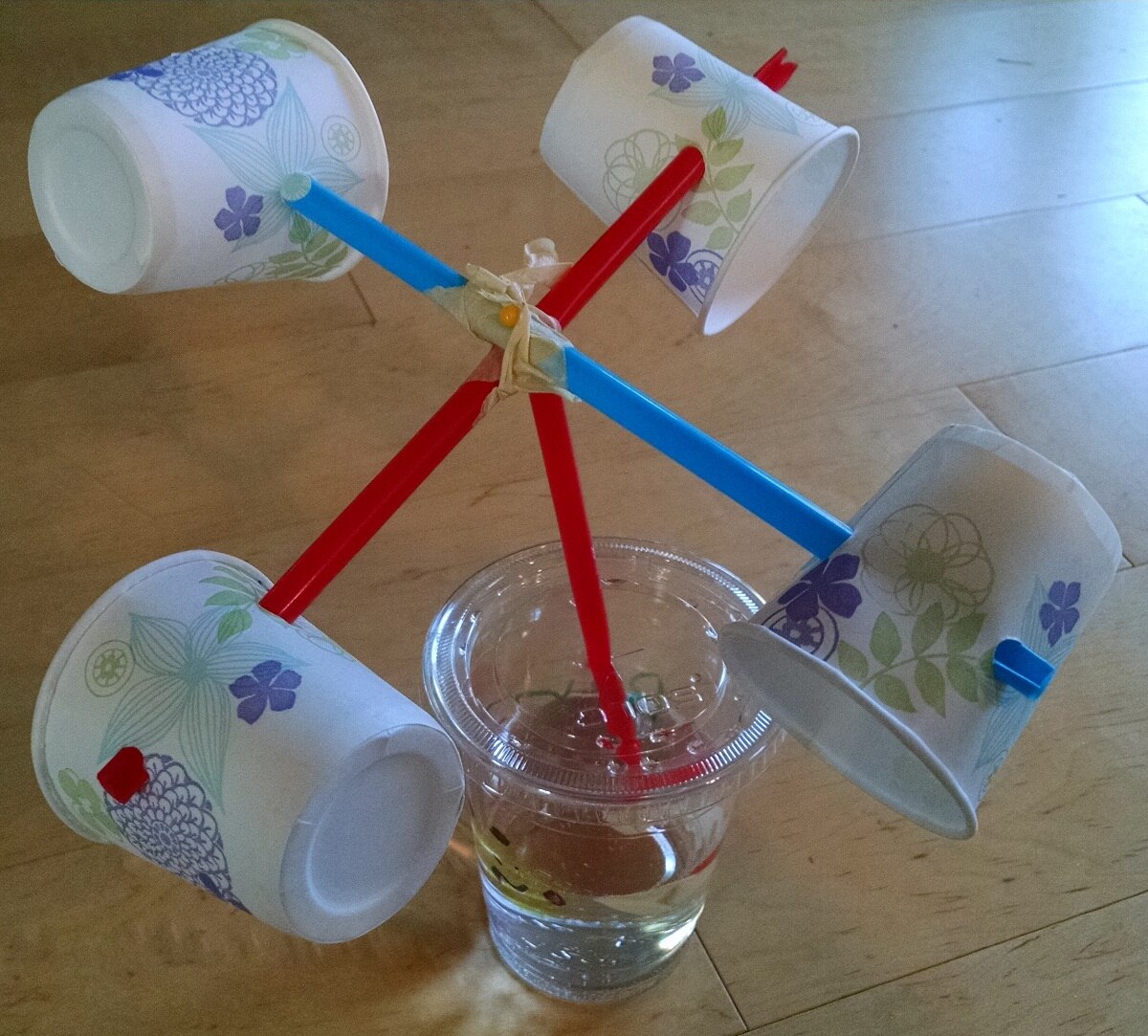
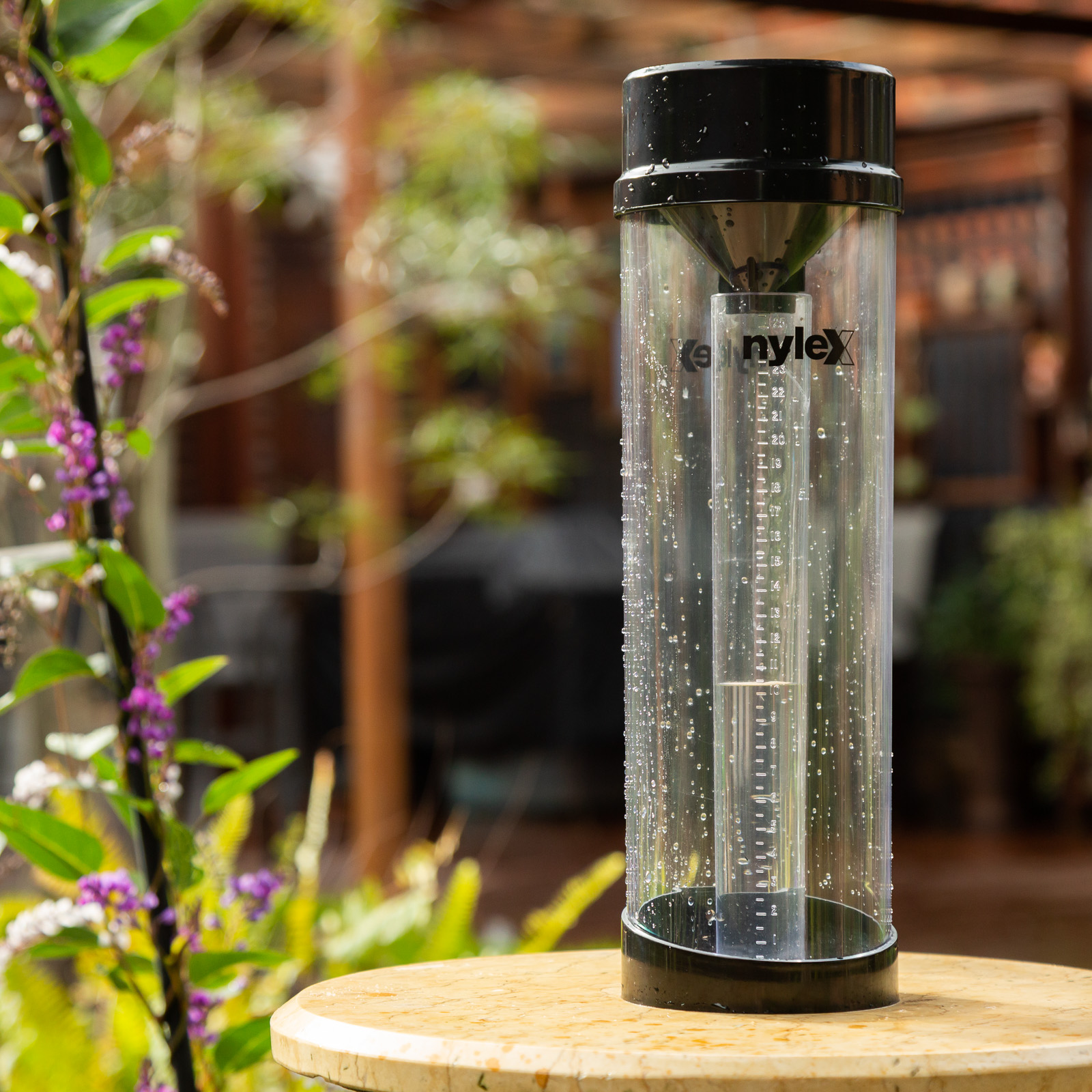
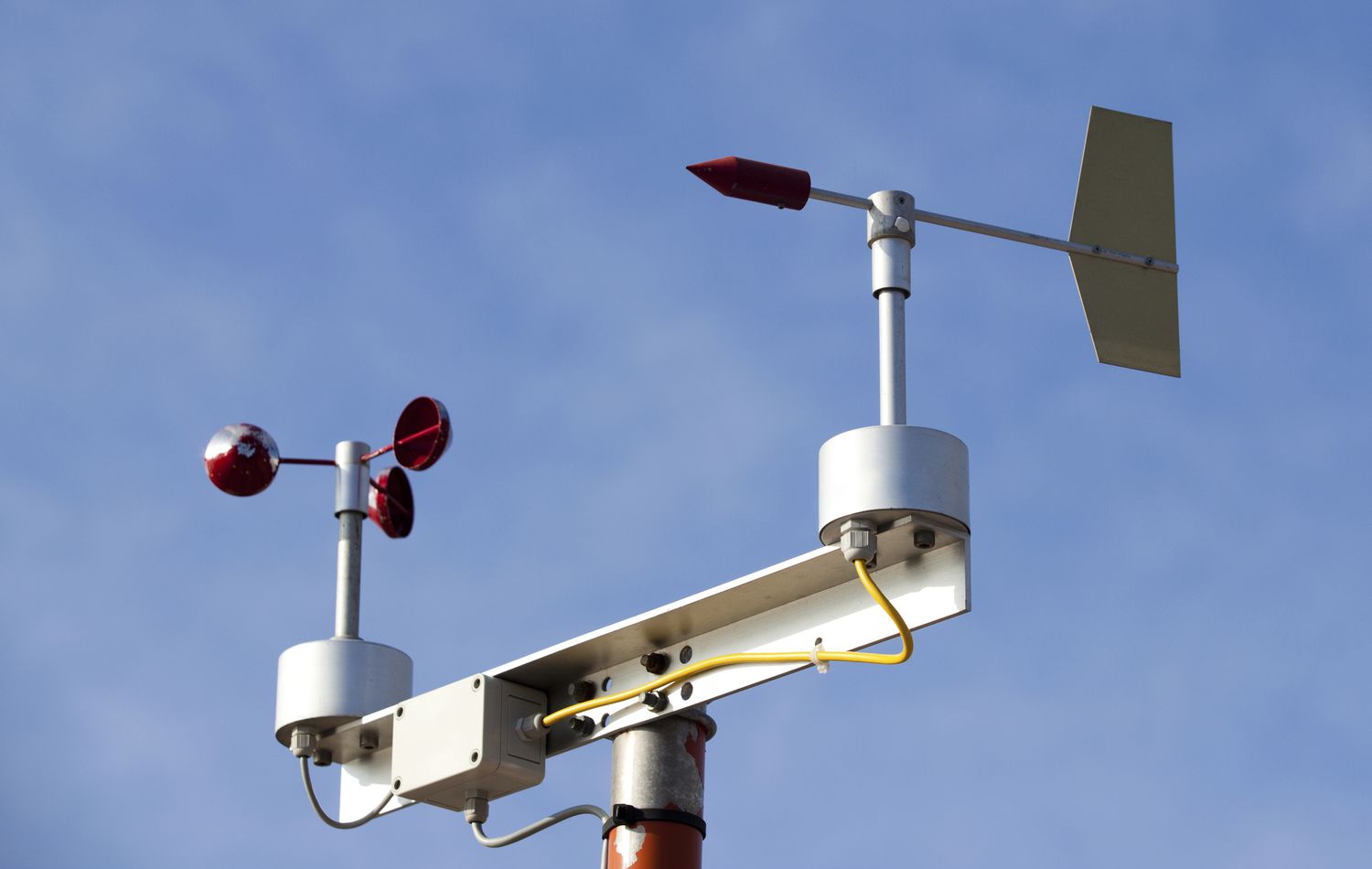
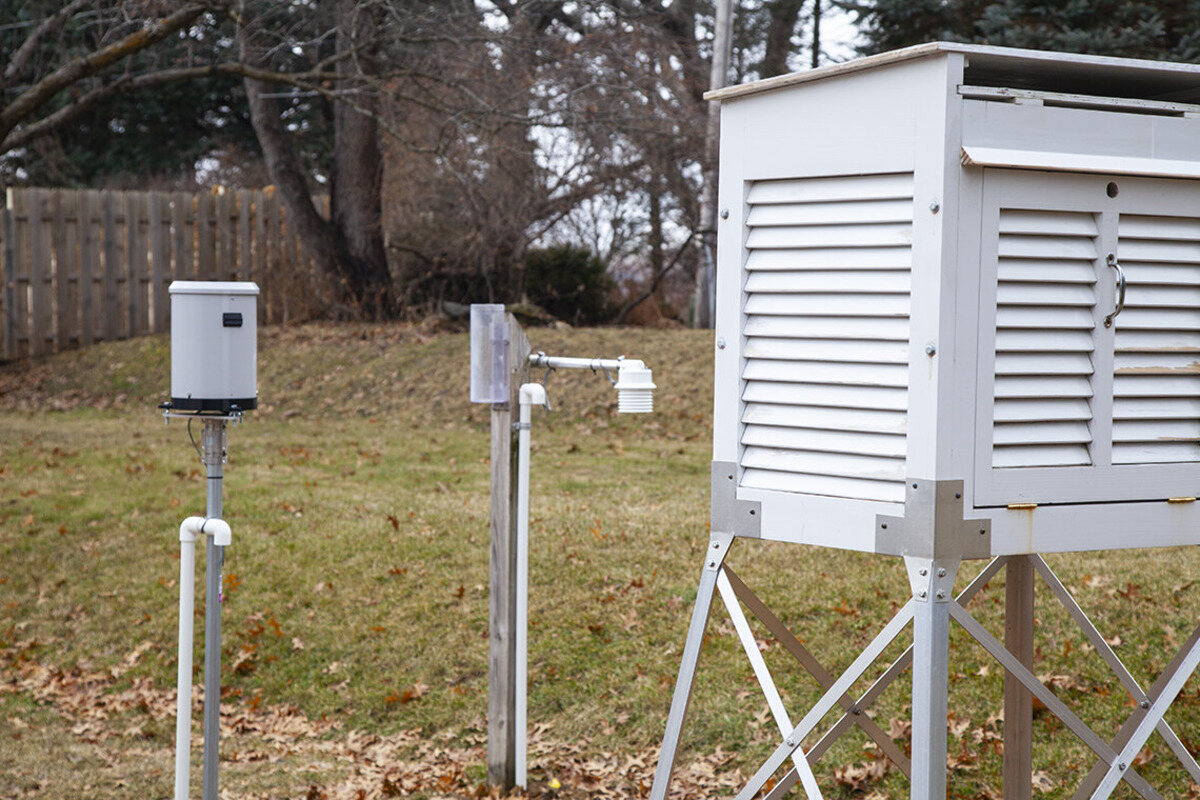
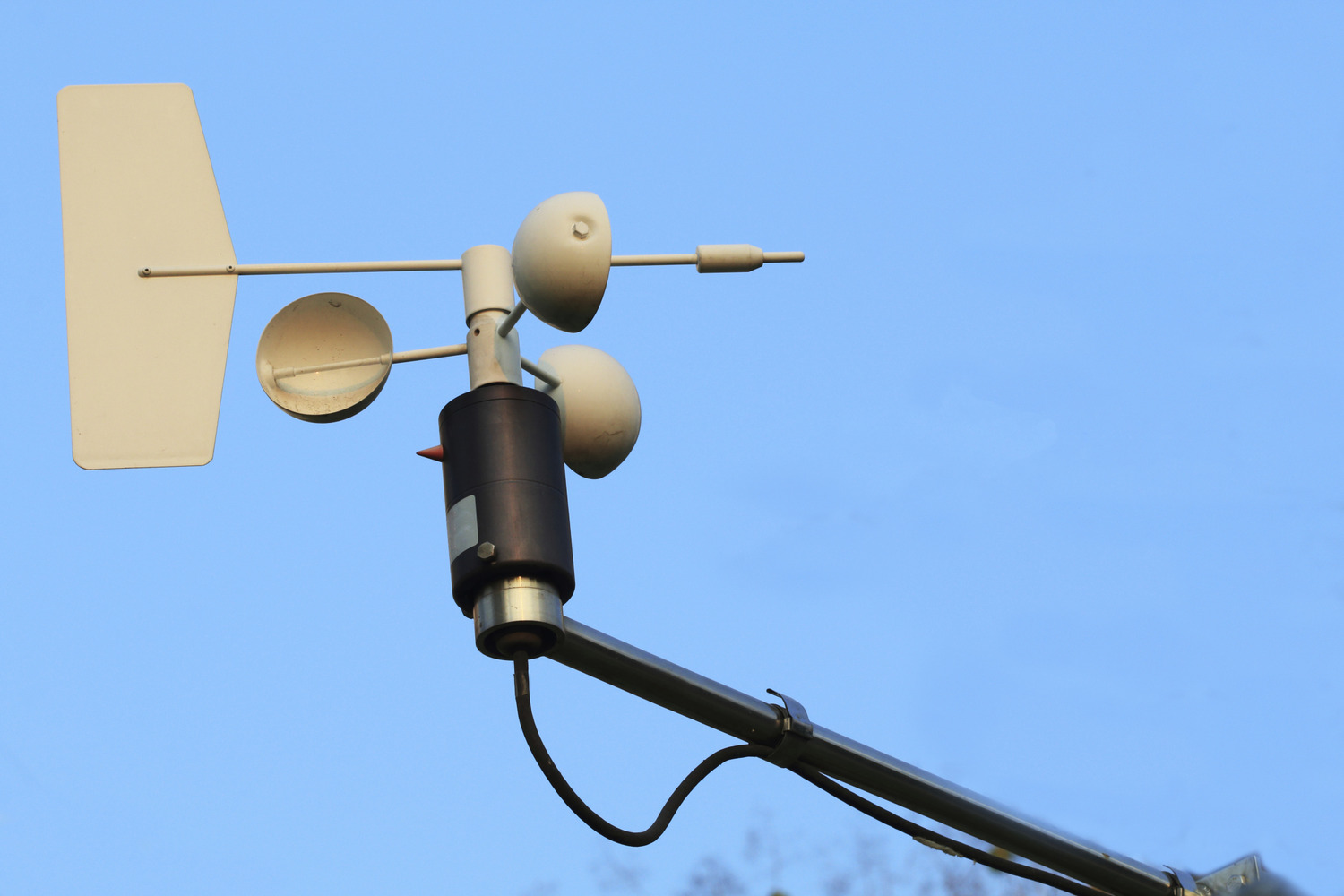
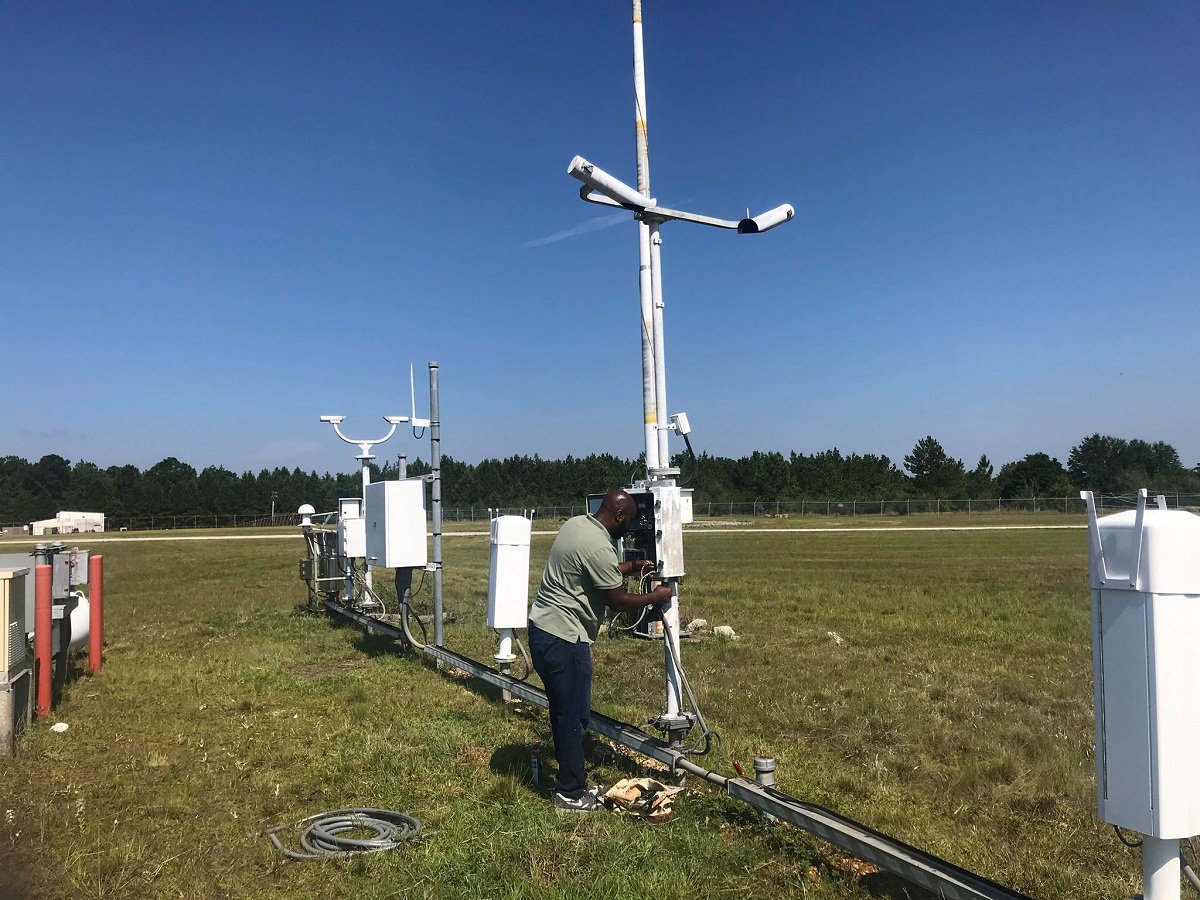

0 thoughts on “Which Weather Instrument Has Most Improved The Accuracy Of Weather Measurement”